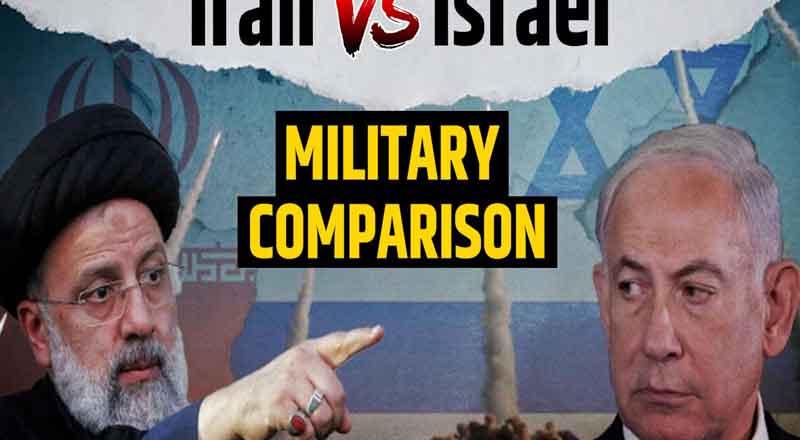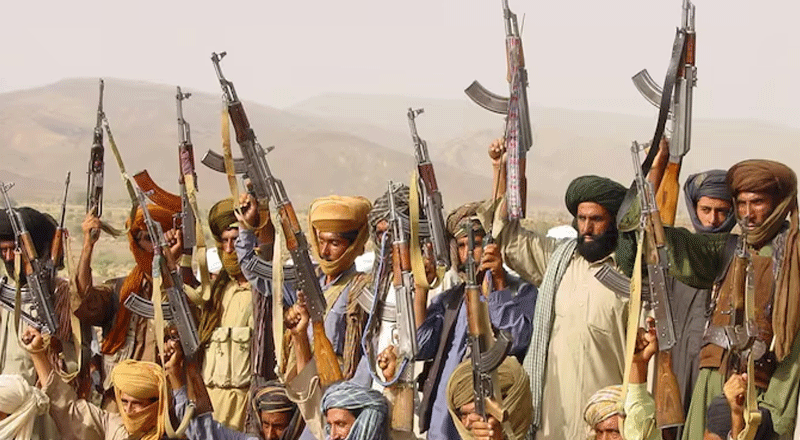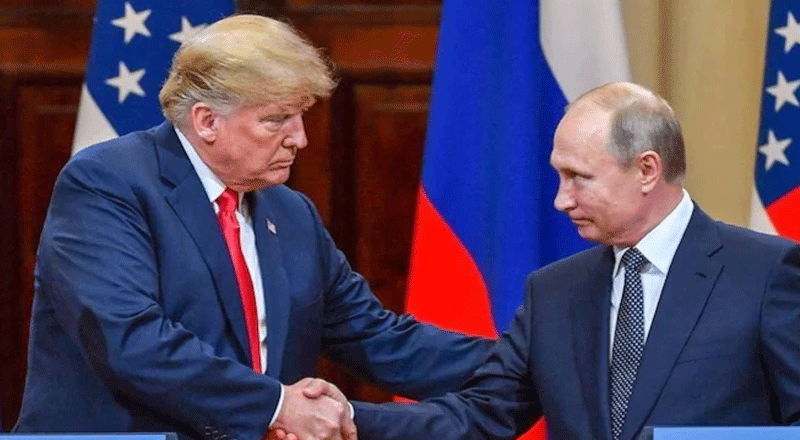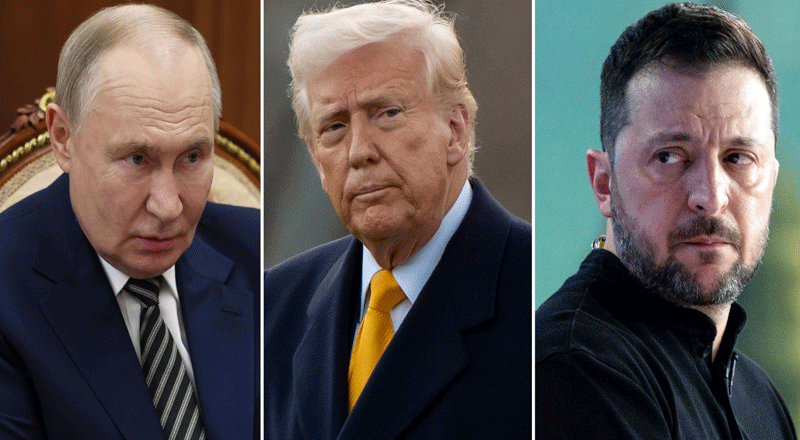The Middle East has long been a region fraught with tension, and recent developments have escalated concerns of a potential conflict between two major powers: Iran and Israel. On a tense Tuesday, Iran launched nearly 180 ballistic missiles toward Israel, a retaliation to Israel’s expanded military operations in the region, including airstrikes and ground invasions targeting Hezbollah in Lebanon and Iran-backed Houthi forces in Yemen. This fresh wave of violence raises a critical question: how do the militaries of Iran and Israel compare? This article examines the strength, capabilities, and influence of both nations’ armed forces.
A Demographic and Manpower Divide
At first glance, a comparison between Iran and Israel highlights Iran’s demographic advantage. According to Global Firepower’s 2024 data, Iran’s population is approximately 87.5 million, dwarfing Israel’s 9 million. This larger population provides a vast pool from which Iran can draw its military personnel. The Iranian armed forces boast about 580,000 active-duty personnel, supported by a 200,000-strong reserve force, divided between the traditional army and the elite Islamic Revolutionary Guards Corps (IRGC).
Israel, in contrast, maintains a smaller but highly trained military. Its active forces comprise around 169,500 personnel, with an additional 465,000 reservists and 8,000 paramilitary personnel. While Israel’s military size is significantly smaller, its conscription system ensures that a substantial part of its population has military training. However, Iran’s sheer numbers provide a formidable force on paper, raising concerns about its capability to mobilize larger battalions in prolonged conflicts.
Defence Spending: Quality Over Quantity?
While Iran’s larger manpower presents a numerical advantage, Israel significantly outpaces Iran in defense spending. According to the Global Firepower Index, Israel’s annual defense budget is approximately $24 billion, compared to Iran’s $9.95 billion. This disparity allows Israel to invest heavily in advanced military technology, a critical factor in modern warfare where superior equipment can often offset a numerical disadvantage.
Iran’s defense spending is supplemented through other means. The IRGC, for instance, has financial autonomy, generating revenue through control over key sectors of the Iranian economy. It owns significant portions of businesses listed on the Tehran Stock Exchange and operates within Iran’s underground economy. This diversified funding adds a layer of complexity to Iran’s defense capabilities, though its total defense spending remains modest compared to Israel’s.
Air Power and Advanced Technology
When comparing weaponry, Israel’s edge is unmistakable. Its air force is among the most advanced in the world, equipped with 612 aircraft, including cutting-edge F-15, F-16, and F-35 fighter jets. These highly sophisticated jets enable Israel to carry out precision airstrikes and control the skies, an essential component in modern military strategy.
On the other hand, Iran’s air force, with 551 aircraft, falls short in terms of modernization. Many of its aircraft are older, and despite efforts to upgrade, it lacks the technological advancements that Israel’s air force commands. Israel also has an impressive aerial defense system, including the multi-layered Iron Dome, David’s Sling, and Arrow systems, which provide unparalleled defense against missile and rocket attacks. Israel’s recent interception of the bulk of Iran’s missile barrage demonstrates the efficacy of this system.
While Israel commands the skies, Iran boasts a vast arsenal of ballistic and cruise missiles. The International Institute for Strategic Studies reports that Iran holds one of the largest missile arsenals in the Middle East, with ballistic missiles capable of reaching targets as far as 2,000 kilometers away, including Israel. Iran’s missile program, long a concern for its adversaries, remains a significant part of its strategy to project power across the region.
Land Power: Quantity vs. Quality
When it comes to land warfare, Iran again holds a numerical advantage, with nearly 1,996 tanks compared to Israel’s 1,370. However, numbers alone do not tell the whole story. Israel’s tanks, such as the Merkava series, are considered some of the most advanced in the world. The Merkava is renowned for its heavy armour and advanced targeting systems, which provide Israel with a technological edge in ground combat.
In contrast, while Iran’s fleet of tanks is larger, many of its vehicles are outdated and less advanced. This imbalance suggests that in the event of a ground war, Israel’s superior technology and highly trained personnel would likely outmatch Iran’s larger, less modern tank force.
Naval Capabilities: A Smaller Role
Both nations have relatively modest naval capabilities compared to their air and land forces. Iran’s fleet consists of 101 vessels, including 19 submarines, many of which are capable of launching small boat attacks, a common tactic in asymmetric warfare. Israel, with 67 vessels and five submarines, places less emphasis on naval power, but its submarine fleet is known to be highly sophisticated and is believed to carry nuclear-armed cruise missiles.
Nuclear Capabilities: Israel’s Unofficial Arsenal
While Iran’s missile arsenal presents a major threat, Israel’s secretive nuclear capabilities give it a strategic deterrence advantage. Although Israel has never officially confirmed its nuclear status, it is widely believed to possess around 80 nuclear weapons, according to reports by the Stockholm International Peace Research Institute (SIPRI). This includes gravity bombs for delivery by aircraft and Jericho II medium-range ballistic missiles.
Iran, on the other hand, has pursued nuclear technology, though its nuclear ambitions are shrouded in controversy and international sanctions. Despite these efforts, Iran does not yet possess nuclear weapons, making Israel’s nuclear advantage a critical factor in the military balance between the two countries.
Iran’s Proxy Network: A Force Multiplier
One of Iran’s most significant strengths lies not in its conventional military but in its extensive network of proxy forces across the Middle East. Through the so-called “Axis of Resistance,” Iran provides arms, training, and financial support to groups such as Hezbollah in Lebanon, the Houthis in Yemen, and various militias in Syria and Iraq. These proxies operate independently but remain loyal to Tehran and would likely engage in conflict on Iran’s behalf if it were directly attacked.
This proxy network provides Iran with strategic depth, enabling it to project influence across the region without committing large numbers of Iranian troops. It also complicates any military engagement with Iran, as adversaries such as Israel must account for threats from multiple fronts.
The Uncertain Path Ahead
As tensions simmer and the threat of a broader conflict looms, the military balance between Iran and Israel remains a critical factor in determining the region’s future. While Iran boasts larger manpower and missile capabilities, Israel’s technological superiority, advanced air defenses, and nuclear deterrent give it a decisive edge. Additionally, Iran’s reliance on proxy forces introduces another layer of complexity, making any potential conflict far-reaching and difficult to predict.
As the world watches closely, the situation between these two regional powers underscores the fragile and volatile nature of geopolitics in the Middle East. Whether through military engagement or diplomacy, the stakes remain high for both nations and the broader region.
(With inputs from agencies)





